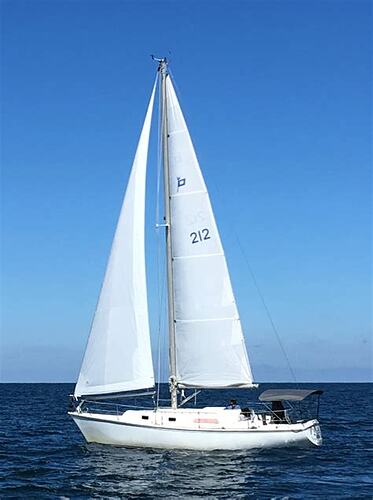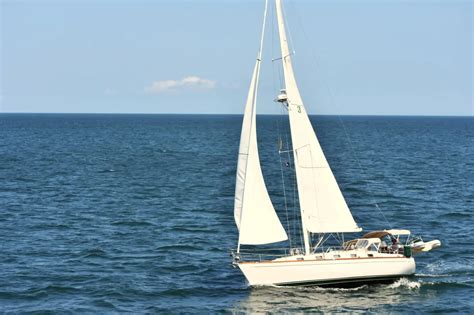Shirpur, Maharashtra, India (NewsVoir)
The future of electric mobility has arrived! Imagine an electric vehicle that charges itself as you drive—no external charging, no range anxiety, just unlimited power on the go. This groundbreaking innovation eliminates the need for traditional charging stations, making EVs more efficient, sustainable, and cost-effective. At the forefront of this transformation is genius Er. Satyam Kumar Jha, a distinguished professor specializing in NEET and JEE preparation, who is now revolutionizing clean energy with his Self-Charging Electric Vehicle System and a Next-Gen Wind Energy Solution.
Self-Charging Electric Vehicles: A Game-Changer in Sustainable Mobility
Electric vehicles (EVs) are hailed as the future, but charging limitations and range anxiety have hindered their widespread adoption. Mr. Jha’s Self-Charging Electric Vehicle System eliminates these issues by harnessing wind energy while the vehicle is in motion. Utilizing an advanced air-powered generator, this innovation ensures EVs charge themselves even at low speeds, making clean energy more efficient and accessible.
Why It’s a Game-Changer:
• No More Charging Stations – Vehicles recharge on the go, eliminating charging delays.
• Unlimited Driving Range – Keep moving without battery concerns.
• Eco-Friendly & Cost-Effective – Cuts fossil fuel dependence and operational expenses.
• Universal Compatibility – Works seamlessly with electric two-wheelers, three-wheelers, and cars.
Harnessing Wind Energy Like Never Before
Traditional wind turbines require strong winds to generate power efficiently. Mr. Jha’s Highly Efficient Air Tube with Generator challenges this norm by operating at ultra-low wind speeds, unlocking new energy possibilities for cities, rural areas, and off-grid locations. This scalable innovation maximizes energy capture, positioning it as a powerful alternative to conventional wind power solutions.
India at the Forefront of Clean Energy Innovation
As the world shifts towards sustainable solutions, India is emerging as a global leader in clean energy innovation. With its rapid advancements in green technology and renewable energy, the country is poised to be a driving force in the global transition toward self-sustaining power solutions. Mr. Jha’s revolutionary technologies are set to strengthen India’s energy independence and reduce reliance on fossil fuels, paving the way for a cleaner and greener future.
The Visionary Behind the Breakthrough
Beyond these transformative discoveries, Mr. Jha remains at the cutting edge of physics and clean energy research. His scientific expertise and relentless dedication are shaping a future where energy is abundant, sustainable, and self-sufficient.
“We are standing at the edge of an energy revolution,” said Mr. Jha. “Our innovations merge scientific precision with real-world application, bringing to life solutions that will change industries and everyday lives across the globe.” Entrepreneurs, investors, and industry leaders are invited to collaborate and help bring these groundbreaking technologies to the forefront of the global energy transformation.
For detailed inquiries and further details: Phone: +91-8240303620, +91-8862885221, Email: Satyam4009@gmail.com or sjha4009@gmail.com
About the Innovator[s]:
Er. Satyam Kumar Jha is a renowned Physics Faculty and NEET/JEE mentor with an insatiable passion for scientific exploration and innovation. Partnering with Mrs. Preeti Jha, an esteemed educational consultant, he is driving a new era of clean energy solutions. His self-charging EV technology and next-gen wind energy system mark a defining moment in the quest for limitless, sustainable power.

